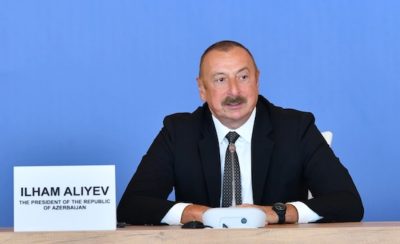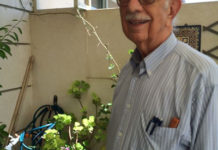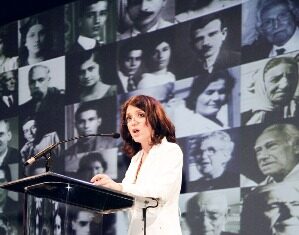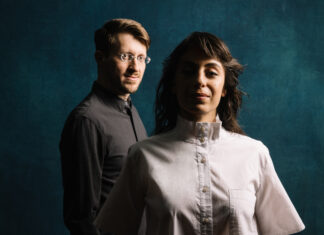By Alin K. Gregorian
Mirror-Spectator Staff
BURLINGTON, Mass. — The National Association for Armenian Studies and Research (NAASR) celebrated its 60th anniversary on November 12 with a family affair — whether those families were academics who had worked with NAASR, longtime members of the organization or members of the Ignatius family, who have been associated with the organization for many years.
About 300 people, including academics, current college students and longtime supporters filled the hall at the Burlington Marriott.








